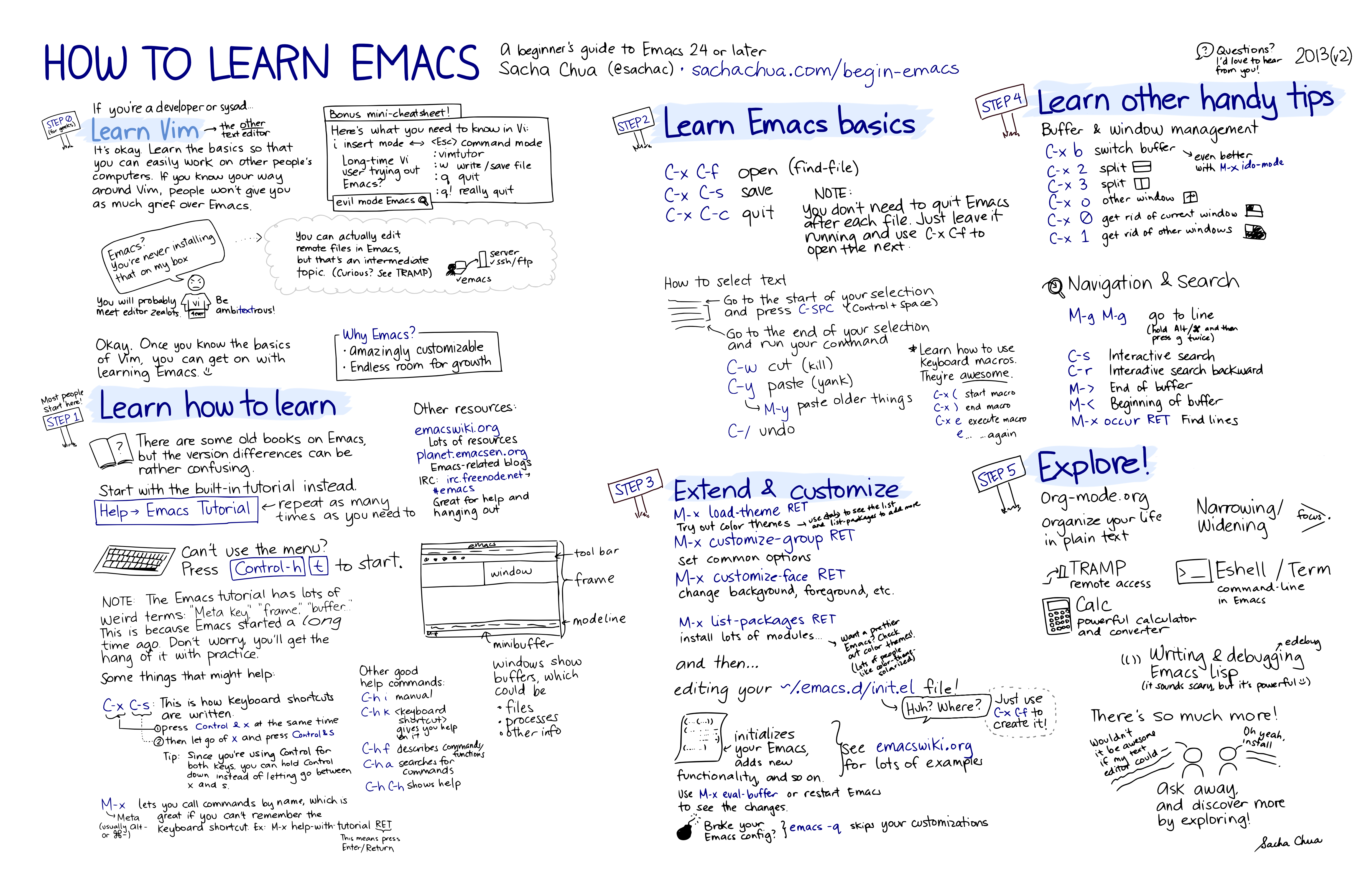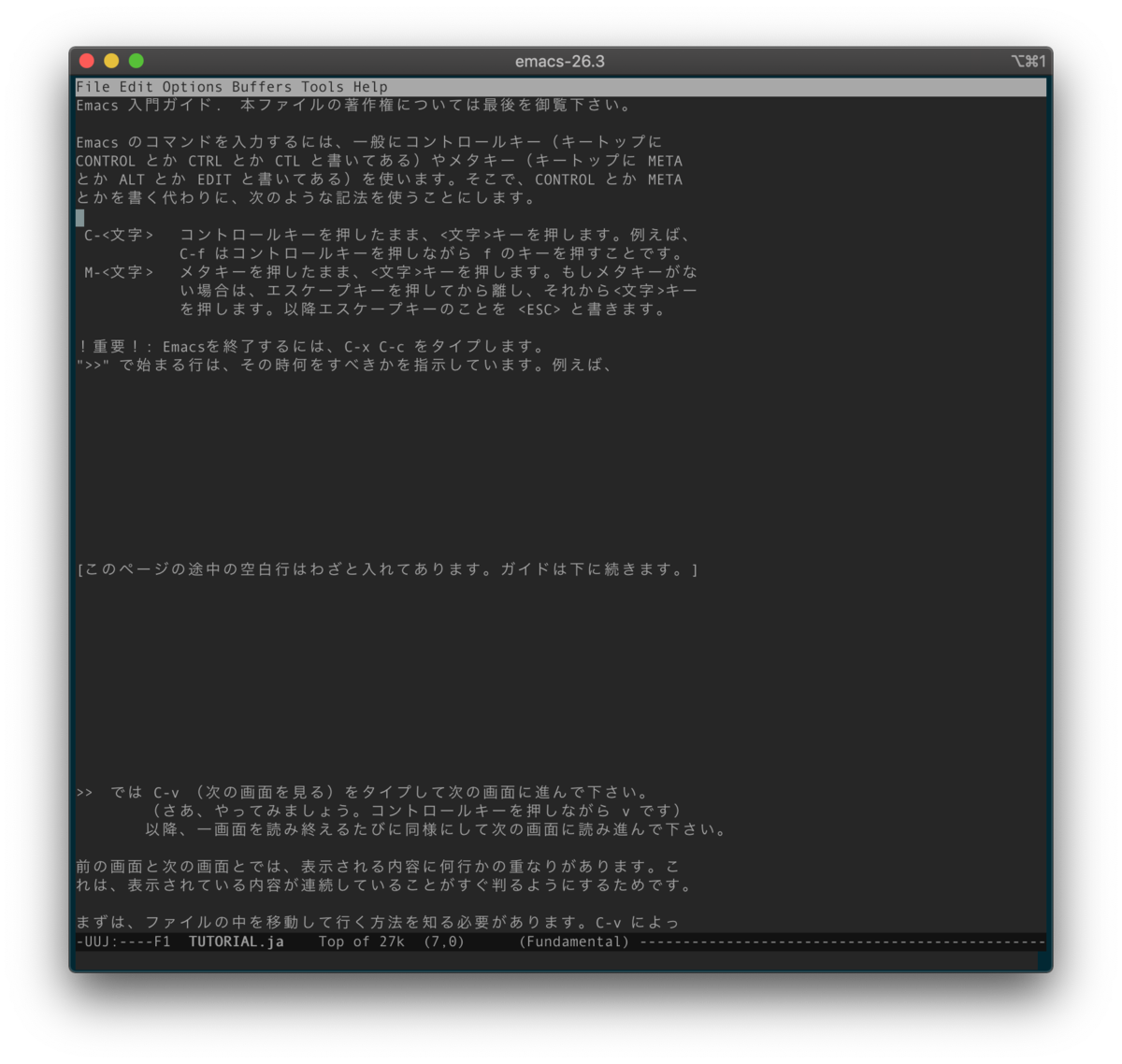
#Emacs tutorial windows
# opens Emacs in split-window mode filename loads a new buffer from filename Saving saves the current buffer filename saves the current buffer as filename Other quits emacs cancels key-sequence Windows Execute a command by name Basic Usage Loading $ emacs # opens Emacs at the scratch buffer $ emacs. The Minibuffer is used to input commands, arguments and setting different modes (which some of are bound to keys or menu actions). M Meta key, Alt or ESC C Control key S Shift key Press a while holding the meta key Press a while holding the control and meta keys Press a while holding the control key then press b Press a and b both while holding the control key Press a with control then b with meta cs:ch-fr buf pos line (major minor)- cs Character set (or coding system) : Newline mode ch File modification status - or File is local or remote fr Frame name on text terminals buf Buffer/file name pos Point/cursor position line Current line and column number modes (major minor) Currently loaded major and minor modes Keybind Terms and MinibufferĮmacs has some different naming of command/control keys (probably coming from the old days). The Modeline is used to report different pieces of information. Buffer A container for data (text, completions) Point The current position in the buffer (cursor) Window A visual container for a buffer Frame A visual container for one or more windows Kill The equivalent of cutting Yank The equivalent of copying Kill Ring A circular clipboard (very handy) Mark The coordinates of a selection Region The text inside a mark Modeline A status line Minibuffer A small buffer for commands and arguments Mode The current type of data being edited Modeline Shell, Terminal Emulator, IRC, Email, News, File Manager, Process Manager, Project Manager, Tetris, Doctor and many others.įor more details on this topic, see Emacs Terminology.Self-documenting All defined commands and macros get automatic preliminary documentation (bound keys and parameters). Customizable The user can change properties of emacs elements including the key-bindings and the display. Technical Description Extensible The user can define, un-define and redefine commands as well as re-use available commands into macros. Commands are, themselves, elisp procedures and the GNU Emacs configuration init file is an elisp program.GNU Emacs contains thousands of commands and allows the user to combine them into elisp procedures (called macros) to automate work.

Technically, GNU Emacs is an elisp interpreter with text editing extensions.Originally, a set of editing macros for the TECO editor.




 0 kommentar(er)
0 kommentar(er)
